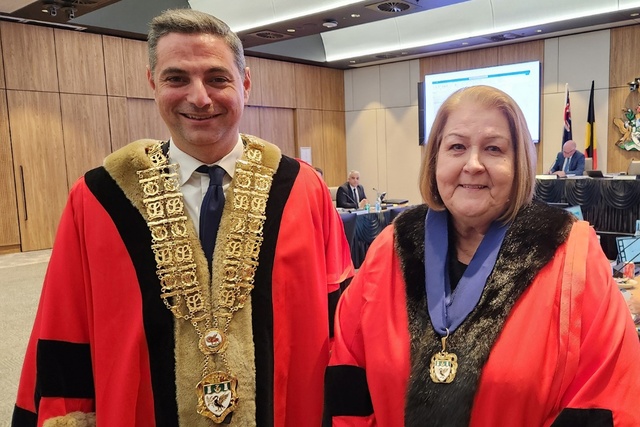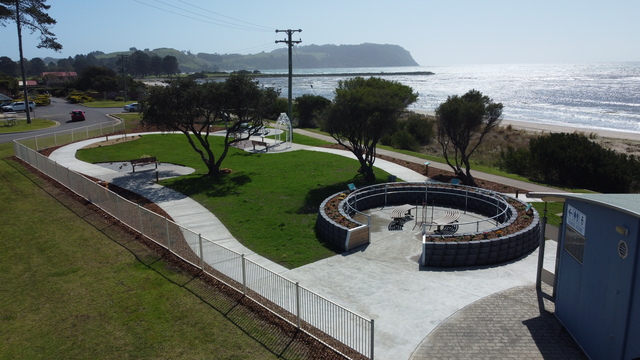Manhole rehabilitation trial extends lifespan and reduces cost of manhole maintenance.
When the Gold Coast City Council (GCCC) needed to extend the working lives of its manholes, it contacted Calix to conduct a trial of its PROTECTA-Mag™ technology. The successful trial demonstrated how the technology can dramatically extend the lifespan of manholes, saving the Council money on maintenance and replacement.
The technology, which is cost-effective and safe, is a concentrated, controlled viscosity, stabilised suspension of magnesium hydroxide liquid (MHL) with superior binding and curing properties, sprayed on the manhole walls to form a fast, stable coating. PROTECTA-Mag prevents corrosion by raising surface pH, thus neutralising acids and inhibiting the formation of acid producing bacteria. At the end of PROTECTA-Mag’s effectiveness, the surface is cleaned with water and the product reapplied, making it an efficient and fast way to continue to extend the lifespan of these concrete assets.
GCCC earmarked a manhole in the Gold Coast suburb of Ormeau to test the technology. Using a mobile, self-contained rig, Calix applied the PROTECTA-Mag to the manhole in a single day. The trial started with a detailed site risk assessment, which included measuring hydrogen sulphide (H2S) levels around the target manhole and other nearby manholes in the Ormeau pump station.
The team set up a tripod around the target manhole, removed the original cover and replaced it with a safety cover. On inspecting the condition of the manhole, the team found the concrete was corroded significantly, and the worst of the damage was near the top.
The team could now begin the treatment, which starts with a thorough clean of the manhole walls using a high-pressure water cleaning head. This process removes loose concrete and dirt, leaving clean concrete behind, without requiring a person to enter the manhole.
Once the concrete was clean, the Calix team lowered the PROTECTA-Mag spray head into the manhole and pumped the coating through using an airless pump. The coating was applied in two passes, covering the underside of the manhole collar and entire inside of the manhole walls. Then, the team replaced the manhole cover, cleaned the site, and left.
Following the application of PROTECTA-Mag, the Calix team carried out extensive testing to confirm the success of the trial.
The pH on the surface of any concrete sewer asset is the measure of the corrosion rate. A lower pH value means a higher corrosion rate, so the aim of the PROTECTA-Mag coating is to raise the pH value. On spraying the high-pH coating onto the cleaned manhole concrete, it neutralises any residual acid and quickly gels to form a strong bond with the concrete, creating a protective layer. The high pH of PROTECTA-Mag inhibits the formation of bacterial colonies, which oxidise the H2S gas to form sulphuric acid, which causes the acid corrosion.
To conduct a pH test after applying PROTECTA-Mag to the Ormeau manhole, Calix scraped the coated layer. These samples were tested for pH according to Australian Standards.
Four months after the initial application of PROTECTA-Mag, the first test found that the manhole was in good condition and the pH levels were high. This indicated that the PROTECTA-Mag layer was still strongly adhered to the concrete and protecting it from corrosion.
Six months after the initial application of PROTECTA-Mag, a subsequent test was carried out and the pH levels remained high. Similar tests were carried out at eight months, 18 months, 24 months, and 36 months post-application.
These tests confirmed that there was still no degradation of the coating and the pH levels remained high. Hence, no corrosion is occurring, improving the lifespan of the asset cost-effectively.
*Copy supplied by Calix







